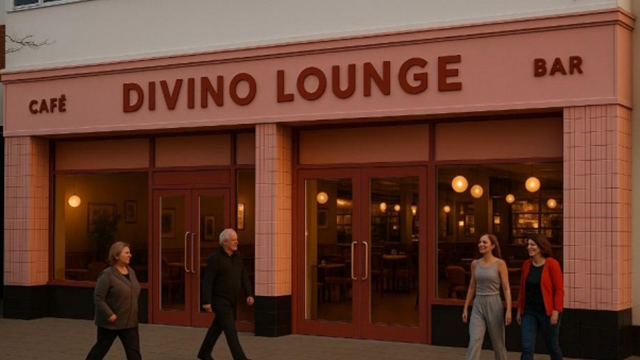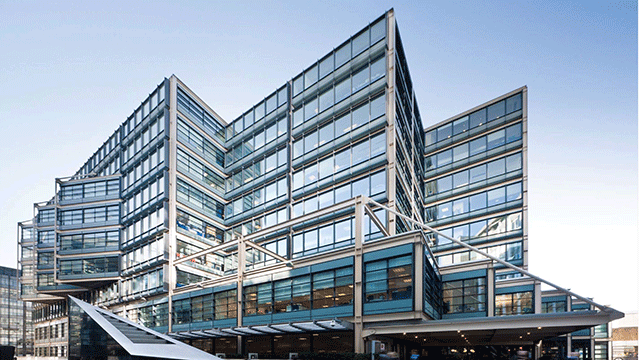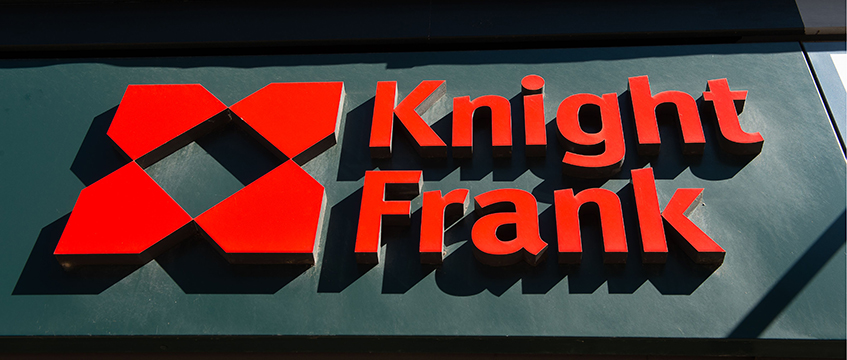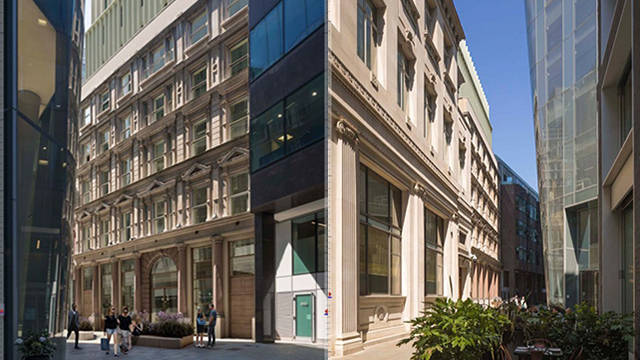A new REIT focused on acquiring PRS assets plans to amass a £1bn portfolio after its IPO next month.
Kee Gan, chief investment officer at Australian fund L1 Capital, told EG that the group’s UK Residential REIT will target affordable, mid-market build-to-rent properties in a way he believes no other listed investor has before.
The £200m listing of the REIT will create the first public vehicle in the UK dedicated solely to stabilised residential rental properties. L1 Capital has launched the IPO with plans to float in mid-July and scale the business over the next few years.
“The main objective with this listing is very much about scale,” Gan said. “This listing allows our strategy to tap into new scale. It allows us to combine all our funds into a single vehicle.”
Combining the funds will also give the group tax benefits following a hike in capital gains tax and stamp duty surcharges for overseas investors.
UK Residential REIT aims to raise £200m from institutions, fund managers and retail investors through its IPO. It is targeting £500m in gross asset value within two to three years, and £1bn in the medium term through £700m in equity and £300m in debt invested.
Mid-market niche
The REIT will target existing regional assets that will generate income immediately and have no development risk, supporting a 5.5% dividend yield and annual returns of 10%.
“The differentiation with this particular strategy is very much the mid-market focus,” says Gan. “We aren’t high-end BTR, it’s the more affordable segment, which has been defensive throughout Covid-19 and past downturns.
“All the BTR funds are very much focused on developing out of the ground. [There isn’t] anyone of scale that we have seen really focused on the secondary trading of older buildings that need a little bit more work done.”
In the public markets, Gan says the most obvious comparable could be Grainger or the PRS REIT. However, he adds that both companies still focus on development as opposed to investment and refurbishment.
“Despite it being the largest rental segment in the UK, the market has very much focused on the upper-end BTR or the lower-end social housing,” says Gan. “There is very little institutional ownership in the mid markets.”
City clusters
Whereas institutions seek scale through larger, £100m-plus projects, URES will target multiple assets of between £5m and £15m in one area where there is significantly less competition. “We think of it as a concentration in a specific city, and that is where we get benefits of scale,” says Gan.
After launching the UK residential strategy in 2017, L1 Capital has built a portfolio largely through off-market deals in Leeds, Sheffield, Manchester and Birmingham. That has provided URES with a £145m initial seed portfolio of 1,214 flats and a pipeline of £440m in investment opportunities.
The initial hypothesis was that there wasn’t a lot of stock out there. But actually, we created that market.
“The initial hypothesis was that there wasn’t a lot of that stock out there,” says Gan. “But actually, we created that market. Over the past four years we ‘diligenced’ about £3bn of eligible investments for this strategy.”
Projects come from a variety of sources – from housing associations, receivers, banks, debt funds, developers and investors who have owned assets for a period of time. “Because no one has actually gone out to try and do this and everyone has focused on development, it might not be so obvious,” adds Gan.
The REIT will be able to take advantage of distressed assets and forced sellers in the wake of the coronavirus pandemic. The timing could be perfect – though amid a flurry of take-privates, this not-so-obvious strategy continues to go against the trend.
“Most people list to cash out. Our funds are actually very much staying invested in the IPO and we will stay invested for years to come.”
London’s most recent REIT IPOs
Home REIT
The last REIT IPO was also residential-focused, with Home REIT raising £241m last year. The company buys and builds properties to alleviate homelessness, targeting shareholder returns of at least 7.5% per annum and an annual dividend yield of 5.5%. It aims to grow a £1bn portfolio over three years.
Yew Grove REIT
Irish office and industrial investor Yew Grove raised £67m in an IPO in August 2018. After its value tumbled at the start of the pandemic, it has crept back up this year, though still failing to exceed the launch price. Yew Grove is the latest real estate company to list outside London in response to Brexit, with shares also trading on Euronext Dublin from last month.
Warehouse REIT
This investment vehicle raised £150m in its 2017 listing. Its shares have since climbed to a high of 152.4p in early June, against NAV per share of 135p at the end of March. Riding the expansion of its biggest tenant, Amazon, the REIT has raised £200m over the past year for new acquisitions and recently told investors “the journey is far from over”.
Triple Point Social Housing REIT
Triple Point has been providing specialised supported housing for vulnerable people, alongside infrastructure and energy efficiency, since 2004. The REIT, which listed in 2017, is trading in line with its NAV per share at 106p and had a portfolio at £572m at the end of last year.
Supermarket Income REIT
Listed in mid-2017, Supermarket Income REIT’s shares hit an all-time high earlier this month. The REIT is set to top the £1bn portfolio mark, with a fresh fundraise this year to support £230m in deals in negotiation and a further £184m in the pipeline.
To send feedback, e-mail emma.rosser@eg.co.uk or tweet @EmmaARosser or @EGPropertyNews











